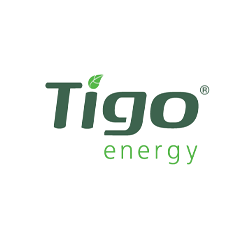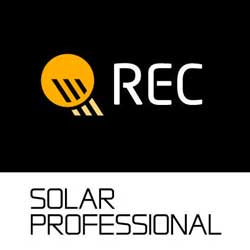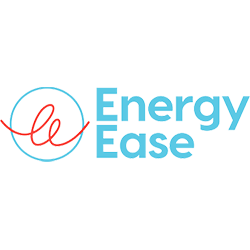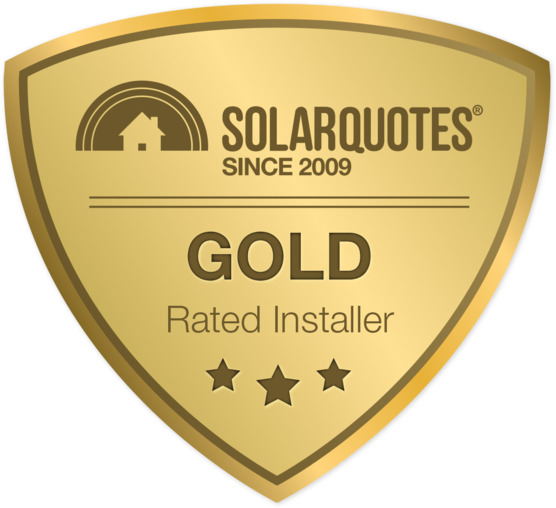Sungrow Inverter Error Codes & Troubleshooting Guide
If your Sungrow inverter is showing a fault or not performing as expected, the display screen or monitoring app may present an error code. These codes are designed to alert you to issues ranging from grid instability to wiring problems or internal component faults.
This page outlines the most common Sungrow inverter error codes, what they mean, and what you can do about them—whether you own a residential system or a larger commercial setup.
Understanding these codes can help you:
- Identify problems quickly
- Know when a simple restart will do the trick
- Decide when it’s time to call in a technician
Most minor faults resolve with a simple system restart. But if a code keeps reappearing, don’t ignore it—it may point to a safety or performance issue.
Below is a full list of Sungrow inverter STATE and fault codes, including their descriptions and suggested actions. If your specific code isn’t listed, or you’re unsure what to do, contact SolarWide today.
| Code | Meaning | What to do? |
| 0002 | The grid voltage exceeds inverter allowable upper limit. | Check the voltage of the grid. If the grid voltage exceeds the permissible range of inverter protection parameters, ask the utility grid company for a solution. If the grid voltage is within the permissible range, contact Sungrow Service Dept. |
| 0003 | Grid transient voltage exceeds the permissible range | This is a short-term fault due to grid conditions. The inverter should fix itself. If the fault still appears, contact SolarWide |
| 0004 | The grid voltage is below inverter’s allowable lower limit. | Check the grid voltage. If the grid voltage exceeds the permissible range of inverter protection parameters, ask the utility grid company for a solution. If the grid voltage is within the permissible range. If code continues to appear, contact SolarWide |
| 0005 | The grid voltage is too low. | This is a short-term fault due to grid conditions. Inverter should fix itself. If the fault still appears, contact SolarWide |
| 0006 | The AC output current exceeds inverter allowable upper limit. | The inverter will resume if the output current falls below the protection value. If the fault still appears, contact SolarWide |
| 0007 | Transient AC overcurrent | The inverter will self-recover after several seconds. If the fault still exists, please contact Sungrow Service Dept. |
| 0008 | The grid frequency exceeds inverter allowable upper limit. | Check the grid frequency. If the grid frequency exceeds the permissible range of inverter protection parameters, ask the utility grid company for a solution. If the grid frequency is within the permissible range, contact Sungrow Service Dept. |
| 0009 | The grid frequency is below the inverter allowable lower limit. | |
| 0010 | Islanding | Check whether AC circuit breaker is triggered, the cables are firmly connected. Check whether the grid is not in service. If all conditions are OK and this fault still occurs in the LCD screen, contact SolarWide |
| 0011 | The DC component of AC current exceeds the inverter limit. | Inverter should fix itself but if the fault still appears, contact SolarWide |
| 0012 | A failure current is detected. | Check the PV strings for ground fault. If the fault still appears, contact SolarWide |
| 0014 | The average grid voltage exceeds the permissible range for over 10 minutes. | Wait a moment for inverter recovery. Check the voltage of the grid. If the grid voltage exceeds the permissible range of inverter protection parameters, ask the utility grid company for a solution. If the fault still appears, contact SolarWide |
| 0015 | The grid voltage exceeds the permissible range | Check the model of the AC cables. The inverter should fix itself. Wait a moment for inverter recovery. If the grid voltage exceeds the permissible range of inverter protection parameters, contact Replenishable Energy 07 4031 2251, |
| 0016 | The bus voltage or power is high. | Inverter should fix itself. If the fault still appears, contact SolarWide |
| 0019 | The transient bus voltage is high. | |
| 0020 | The bus voltage is high. | |
| 0021 | PV1 input overcurrent is detected | Check the layout and the wiring of PV1 input. |
| 0022 | PV2 input overcurrent is detected | Check the layout and the wiring of PV2 input. |
| 0036 | The temperature of radiator is too high. | Check whether the placement of the inverter is correct. Check whether the inverter operating ambient temperature is more than the range. Check whether the AC output power exceeds the nominal power. If the fault still appears, contact SolarWide |
| 0037 | The internal temperature of inverter is too high | |
| 0038 | Relay fault is detected | Inverter should fix itself. If the fault still appears, contact SolarWide |
| 039 | The insulation resistance is low. (ISO-flt) | Check whether the positive and negative of PV panels is short-circuited with ground lead. Inverter should fix itself. If the fault still appears, contact SolarWide |
| 041 | Leakage current self-test abnormality | Inverter should fix itself. If the fault still appears, contact SolarWide |
| 047 | The PV configuration mode set in the phone application interface is not in accordance with the configuration in the connection cabinet. | Disconnect the inverter. Re-select PV configuration mode and re-connect PV strings. |
| 048 | Sampling channel failure | Inverter should fix itself. If the fault still appears, contact SolarWide |
| 053 | Auxiliary DSP detects grid voltage exceeds set protection value | Check the grid voltage. If the grid voltage exceeds the permissible range of inverter protection parameters, ask the utility grid company for a solution. If the fault still appears, contact SolarWide |
| 054 | Auxiliary DSP detects grid frequency exceeds set protection value | |
| 056 | Auxiliary DSP detects grid leakage current exceeds set protection range | Check whether there is a grounded fault of the PV string. If the fault still appears, contact SolarWide |
| 057 | Auxiliary DSP AC current sampling channel anomaly | Inverter should fix itself. If the fault still appears, contact SolarWide |
| 058 | Auxiliary DSP detects AC current DC injection exceeds inverter set protection range | |
| 059 | Main and auxiliary DSP communication anomaly | |
| 060 | Main and auxiliary DSP sampling difference | |
| 070 | Fans are defective | Stop the inverter and disconnect the AC and DC cables. Check whether the fan duct has been blocked. If not, replace fans. |
| 087 | Arc self-detection anomaly warn | Wait a while. Contact SolarWide |
| 088 | Arc anomaly fault | Stop the inverter and disconnect the AC and DC cables. Check cable connection for aging and looseness. Re-power on and remove the arc warn manually. Contact Sungrow if this fault still occurs. |
| 089 | Arc detection OFF warn | Remove the warning by enabling arc detection function or keep the warn by closing arc detection function. |
| 100 | The AC output current exceeds inverter protection limit. | The inverter will resume if the output current falls below the protection value. If the fault still appears, contact SolarWide |
| 101 | The grid frequency exceeds inverter allowable upper limit. | Check the grid frequency. If the grid frequency exceeds the permissible range of inverter protection parameters, ask the utility grid company for a solution. If the grid frequency is within the permissible range, contact SolarWide |
| 102 | The grid frequency is below the inverter allowable lower limit. | |
| 106 | The inverter is not grounded | Check whether there is a reliable inverter grounding line, if there is access to the ground, and the fault still exists, please contact Sungrow Service Dept. |
| 200 | The bus voltage is high. | Wait for inverter recovery after bus voltage lower. If the fault still appears, contact SolarWide |
| 201 | The bus voltage is too low. | |
| 202 | PV current overcurrent | Wait for inverter recovery after DC current is reduced. If the fault still appears, contact SolarWide |
| 205 | AC output replay abnormal | Inverter should fix itself. If the fault still appears, contact SolarWide |
| 307 | DC power is too high | Check whether the configuration of PV is in the range indicated in the specification. If the fault occurs repeatedly, contact Sungrow Service Dept. |
How to Restart Your Sungrow Inverter (Step-by-Step)
Sungrow inverters are reliable and user-friendly, but like any electrical device, they may occasionally need a reset—especially if an error code appears or the system stops feeding into the grid.
Here’s how to safely restart your Sungrow solar inverter.
- Turn Off the DC Isolator
Most Sungrow inverters have a DC isolator switch built into the bottom of the unit. Rotate it to the OFF position. This disconnects the solar panels from the inverter. - Turn Off the AC Isolator or Solar Supply Main Switch
Go to your switchboard and locate the Solar Supply Main Switch (Inverter). Turn it OFF. If your system has an external AC isolator next to the inverter, turn that off as well. - Wait for 1–2 Minutes
Pause for at least one minute. This gives the inverter time to fully shut down and reset internal electronics. - Turn the Inverter Back On
Restart the system in reverse order:
- Switch the AC isolator (or Solar Supply Main Switch) back ON
- Rotate the DC isolator on the inverter back to ON
The inverter will run through its startup checks, and within a few minutes, it should begin operating normally. Most models will display “Normal”, “Generating”, or similar status once active.














